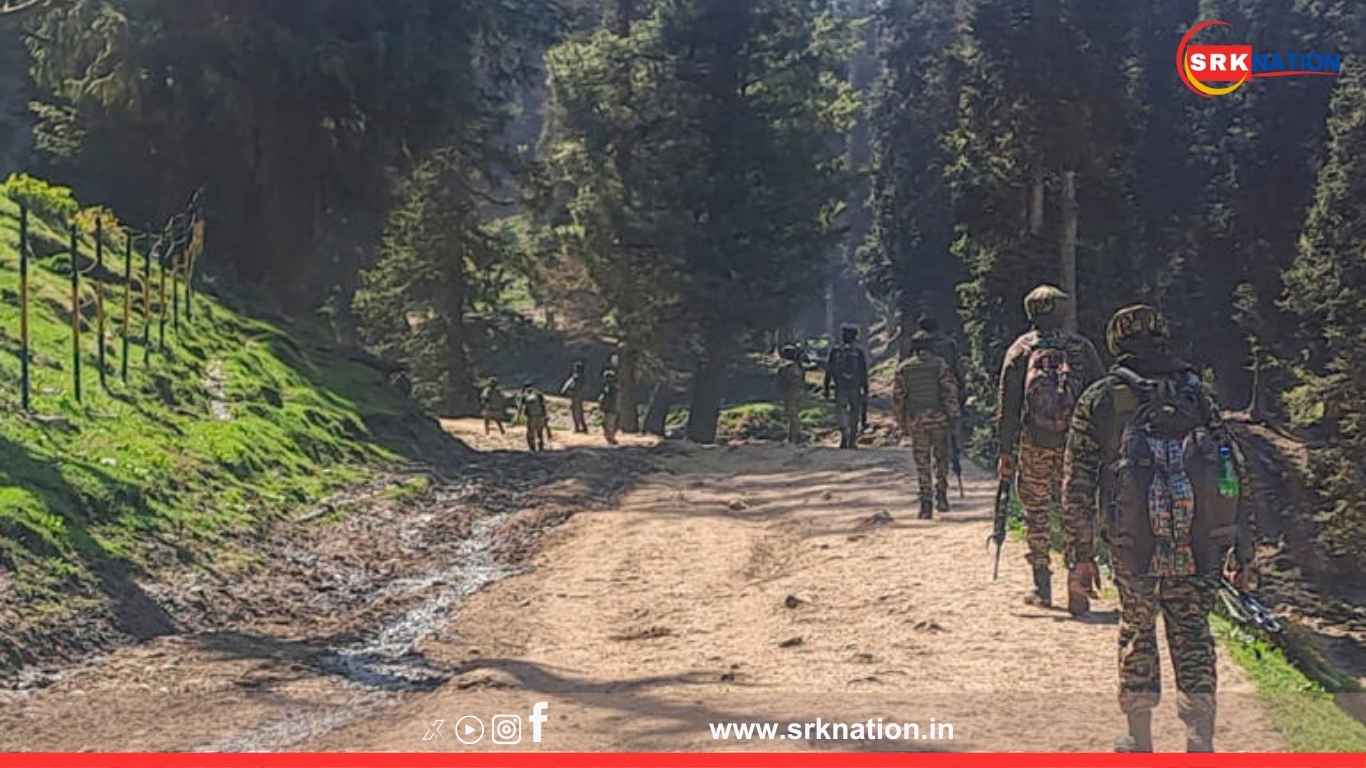In the wake of the deadly Pahalgam attack that shocked the nation, new investigative reports suggest that the militants responsible for the assault followed a covert route originating from northern Pakistan. According to intelligence assessments, the terror cell began its journey in the vicinity of Abbottabad, traversed through Muzaffarabad in Azad Jammu and Kashmir, and then covertly crossed into Indian-administered Jammu and Kashmir to reach the attack site near Pahalgam.
A Hidden Path Through Rugged Terrain
Security agencies have pieced together evidence indicating that the attackers exploited the region’s challenging topography to evade detection. Starting from areas near Abbottabad—long suspected as a hub for militant activity—the group is believed to have maneuvered through the mountainous and densely forested corridors surrounding Muzaffarabad. The natural cover offered by these terrains, combined with sparse surveillance infrastructure, allowed the militants to avoid radar detection and automated border checks as they moved stealthily toward the Line of Control (LoC).
Crossing the Border and Advancing Infiltration
Once near Muzaffarabad, the terrorists allegedly used unmonitored rural routes to cross the LoC into Indian territory. The absence of constant monitoring along these remote trails provided the perfect opportunity for a covert infiltration. Armed with detailed local knowledge, the militants navigated through narrow mountain trails and forested regions, eventually reaching the Baisaran Valley in Pahalgam. It was here, amidst the serene backdrop of a popular tourist spot, that the attackers launched their assault on unsuspecting civilians.
Significance and Ongoing Investigations
The revelation of this route not only exposes the vulnerability of border areas in this geopolitically sensitive region but also highlights the sophisticated nature of cross-border terrorism. Indian security forces and intelligence agencies are now scrutinizing the uncovered route to plug potential gaps in surveillance and enhance border security. Experts warn that understanding these covert pathways is critical for preventing future attacks and for establishing more effective counter-terrorism measures.
Regional Impact and Future Measures
Political leaders have called for heightened monitoring along known infiltration routes and for improved intelligence-sharing with neighboring countries. As investigations continue, the new findings are expected to inform strategic decisions on border management and regional stability. The incident, coupled with the detailed analysis of the terrorists’ route, underscores the urgent need for international cooperation in curbing cross-border militant activities and in securing disputed regions.
🔁 Share this article to stay informed about the latest developments in cross-border terrorism and regional security efforts!











